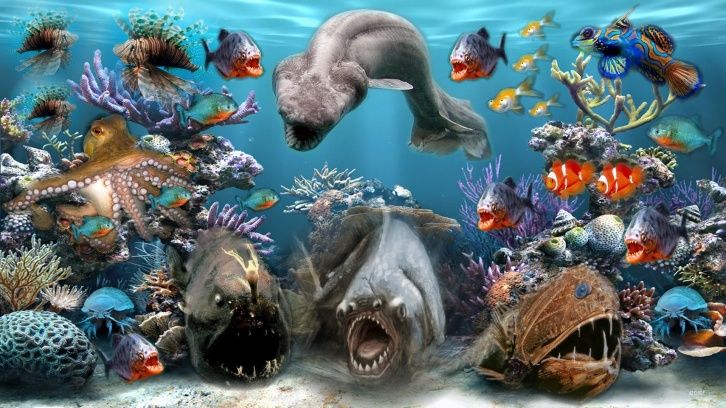
FAQ About Ocean Life

How do dolphins communicate?
Dolphins are highly social animals and have a sophisticated system of communication. They use a combination of vocalizations, body movements, and behavioral displays to communicate with each other. Here are some key ways dolphins communicate:
- Vocalizations: Dolphins produce a wide range of vocal sounds, including clicks, whistles, and pulsed calls. These sounds are generated by specialized structures in their nasal passages called the "melon." Each dolphin has a unique vocal signature, similar to a name, which helps identify individuals within a group.
- Echolocation: Dolphins use echolocation to navigate and locate objects in their environment. They emit high-frequency clicks, and by listening to the echoes that bounce back, they can determine the location, shape, and movement of objects or other animals around them.
- Body language: Dolphins communicate through body movements and postures. They use tail slaps, jumps, flips, and other behaviors to convey messages to other dolphins. For example, leaping out of the water can signal excitement or playfulness, while aggressive displays like head-butting or jaw clapping may indicate dominance or territorial behavior.
- Touch: Dolphins often engage in physical contact as a form of communication. They may rub against each other, nudge, or swim in close proximity to convey social bonds, affection, or to establish dominance.
- Bubble blowing: Dolphins can blow bubbles underwater as a form of play and communication. They create bubble rings or trails, and other dolphins may interact with these bubbles as part of their social interactions.
